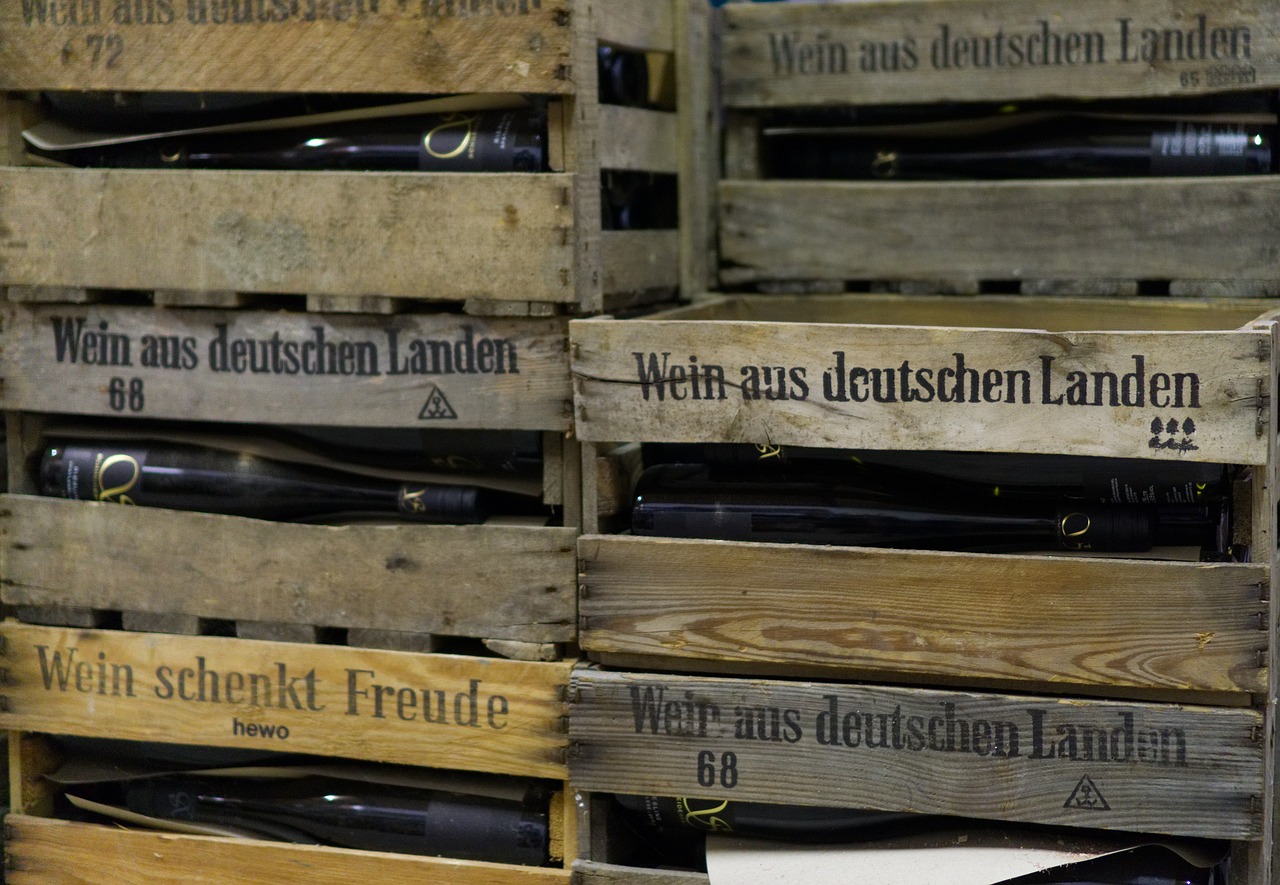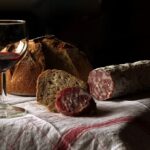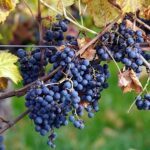 The story of German wine is a captivating journey through centuries of tradition, craftsmanship, and innovation. From the rolling vineyards along the Rhine and Mosel rivers to the quaint winemaking villages nestled in the valleys, Germany has been an integral part of the wine world for over a millennium. In this article, we explore the rich history of German wine, from its ancient origins to the modern winemaking practices that have earned it global recognition.
The story of German wine is a captivating journey through centuries of tradition, craftsmanship, and innovation. From the rolling vineyards along the Rhine and Mosel rivers to the quaint winemaking villages nestled in the valleys, Germany has been an integral part of the wine world for over a millennium. In this article, we explore the rich history of German wine, from its ancient origins to the modern winemaking practices that have earned it global recognition.
- Ancient Beginnings: The Roots of German Winemaking
- The Rise of Monastic Winemaking in Germany: Medieval Wine Culture
- Reinheitsgebot: Purity Laws and the Influence of German Beer
- The Golden Era: German Wine in the Middle Ages
- Challenging Climate: The Influence of Vineyard Location and Riesling’s Dominance
- Modern Innovations: Quality and Diversity in German Wine Today
- Riesling: The Crown Jewel of German Viticulture
- German Wine Regions: Exploring the Terroirs
- German Wine Classification: From Prädikatswein to VDP
- Export Success: German Wine on the World Stage
1: Ancient Beginnings: The Roots of German Winemaking
German winemaking can be traced back to the Roman Empire, which introduced viticulture to the region. The Romans cultivated vineyards along the Rhine, Danube, and Mosel rivers, recognizing the potential of these fertile lands. The establishment of these early vineyards laid the foundation for Germany’s winemaking heritage, setting the stage for centuries of grape cultivation and wine production.
2: The Rise of Monastic Winemaking: Medieval Wine Culture
During the Middle Ages, monasteries played a pivotal role in the development of German winemaking. Monastic orders such as the Cistercians and Benedictines were not only centers of spirituality but also hubs of viticultural knowledge. Monks meticulously tended the vineyards, applying their expertise to improve winemaking techniques and expand vineyard plantings. The monastic influence on German wine culture can still be seen today in the iconic cloistered wine estates that dot the landscape.
3: Reinheitsgebot: Purity Laws and the Influence of German Beer
In the 16th century, the famous German Beer Purity Law, or Reinheitsgebot, was enacted to regulate the brewing process. While primarily focused on beer production, this law indirectly impacted winemaking by limiting the use of additives and emphasizing purity in all alcoholic beverages. This emphasis on natural winemaking methods would later shape Germany’s winemaking traditions and contribute to its reputation for producing clean, high-quality wines.
4: The Golden Era: German Wine in the Middle Ages
The Middle Ages witnessed the rise of German wine as a highly sought-after commodity. German wines, particularly those from the Rhine and Mosel regions, gained popularity across Europe. Their lightness, delicacy, and sweetness made them prized among the nobility. The export of German wine reached its peak during this golden era, solidifying its place as a revered wine-producing nation.
5: Challenging Climate: The Influence of Vineyard Location and Riesling’s Dominance
Germany’s cool climate and steep, sun-drenched vineyards pose unique challenges for winemakers. However, these conditions are also responsible for the distinctive character of German wines. Riesling, the flagship grape variety of Germany, thrives in these terroirs, producing wines with remarkable acidity, pronounced fruitiness, and unmatched aging potential. Riesling’s prominence has further reinforced Germany’s reputation as a top wine producer.
6: Modern Innovations: Quality and Diversity in German Wine Today
In recent decades, German winemakers have embraced modern viticultural and winemaking practices to further enhance quality and diversity. Improved cellar techniques, precision agriculture, and sustainable practices have contributed to the production of exceptional wines across a range of styles. From dry to sweet, sparkling to still, Germany now offers a vast array of wines that cater to diverse palates.
7: Riesling: The Crown Jewel of German Viticulture
No exploration of German wine history would be complete without highlighting Riesling. Revered as one of the world’s finest white grape varieties, Riesling epitomizes German winemaking excellence. Its versatility, ability to reflect terroir, and capacity for long-term aging have made it a favorite among sommeliers and wine enthusiasts worldwide.
8: German Wine Regions: Exploring the Terroirs
Germany’s wine regions are as diverse as its wines. From the steep slopes of the Mosel and Rheingau to the sun-soaked hills of the Baden and Pfalz, each region offers unique terroirs that influence wine style and flavor profiles. Exploring these regions provides a glimpse into the remarkable diversity and character of German wines.
9: German Wine Classification: From Prädikatswein to VDP
German wine classification is a complex system that provides consumers with information about the quality and style of the wines. From the highest category of Prädikatswein, which designates wines with varying levels of ripeness and sweetness, to the prestigious VDP (Association of German Prädikat Wine Estates), which highlights exceptional vineyards and winemakers, the classification system ensures transparency and quality assurance.
10: Export Success: German Wine on the World Stage
Today, German wines have garnered international acclaim and continue to gain popularity worldwide. With export markets expanding, wine lovers across the globe are discovering the unique charms and exceptional quality of German wine. From elegant Rieslings to luscious Spätburgunders (Pinot Noir), German winemakers have established their place among the elite producers of the wine world.
The history of German wine is a testament to the enduring passion, innovation, and dedication of its winemakers. From ancient Roman roots to modern advancements, German wines have stood the test of time, captivating palates and enchanting wine enthusiasts around the world. As Germany’s winemaking landscape continues to evolve, one thing remains certain: German wines will continue to shine, inviting wine lovers to embark on a delightful journey through centuries of winemaking excellence.
The history of German wine is a testament to the enduring passion, innovation, and dedication of its winemakers. From ancient Roman roots to modern advancements, German wines have stood the test of time, captivating palates and enchanting wine enthusiasts around the world. As Germany’s winemaking landscape continues to evolve, one thing remains certain: German wines will continue to shine, inviting wine lovers to embark on a delightful journey through centuries of winemaking excellence.
German Wines
Discover German wine’s history, best wines and wineries in Germany, professional tips on pairing German wines and food.
Related articles:
German Wine
German Prädikatswein System
German Wine Guide
German Riesling
The Ultimate Guide to Spritzers







